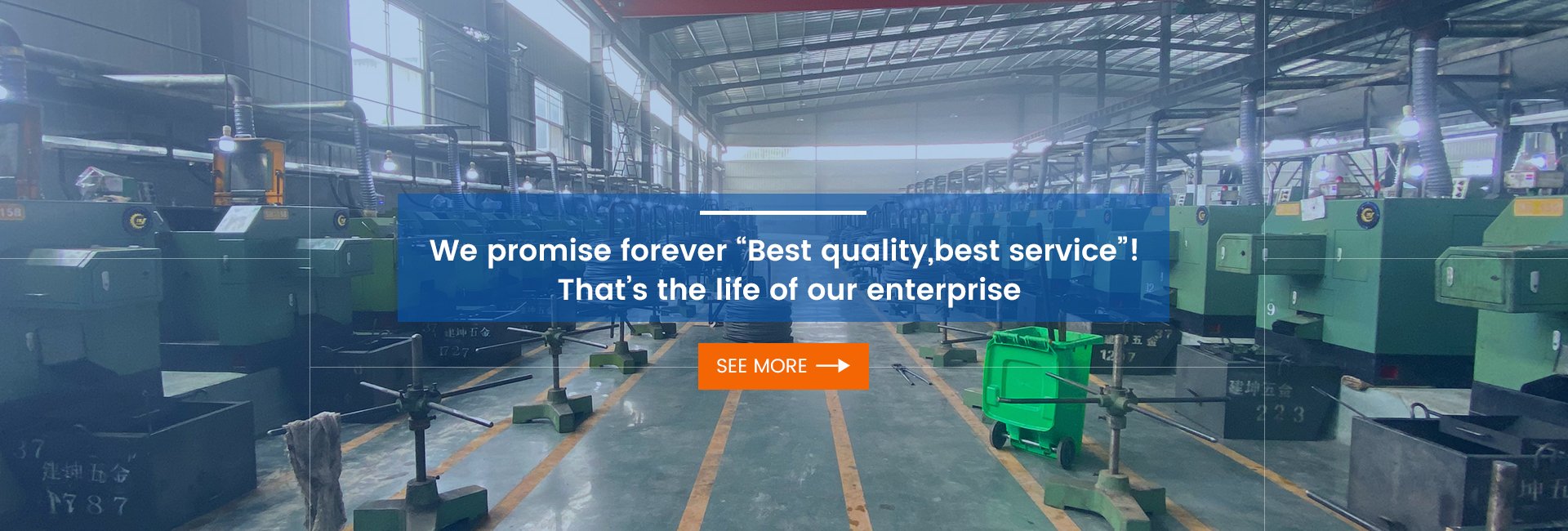In the realm of construction and manufacturing, nails stand as indispensable tools, securing materials and bringing structures to life. Behind the creation of these ubiquitous fasteners lies a remarkable feat of engineering – the high-speed nail making machine. This sophisticated machine seamlessly transforms wire into perfectly formed nails, revolutionizing nail production and driving efficiency to new heights.
Delving into the Mechanism
The magic of high-speed nail making machines lies in their intricate interplay of components and processes. Let’s embark on a journey to unravel the fundamental working principle of these remarkable machines:
Wire Feeding and Straightening:
a. Coils of wire, the raw material for nail creation, are fed into the machine.
b. Guide rollers ensure the wire travels smoothly through the machine’s mechanisms.
c. Straightening rollers meticulously align the wire, eliminating any bends or imperfections.
Nail Formation:
a. The straightened wire encounters a series of dies and punches, each playing a crucial role in shaping the nail.
b. The first die forms the nail head, the distinctive cap that provides striking and holding power.
c. Subsequent dies and punches refine the nail’s shape, creating the shank and point.
d. The final punch severs the nail from the wire, completing its transformation.
High-speed nail making machines offer a captivating array of benefits that have transformed the nail production landscape:
Unparalleled Speed and Efficiency:
a. These machines churn out nails at incredible rates, far surpassing traditional methods.
b. Mass production capabilities meet the demands of large-scale projects and industries.
Consistent Quality and Precision:
a. Automated processes ensure unwavering consistency in nail dimensions and shape.
b. Every nail emerges flawlessly formed, meeting the highest quality standards.
Reduced Labor Costs and Increased Productivity:
a. Automation minimizes the need for manual labor, lowering production costs.
b. Streamlined processes enhance overall productivity and output.
Safety:
Automated machinery eliminates repetitive tasks and potential workplace hazards.
Post time: Jun-24-2024



